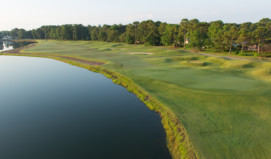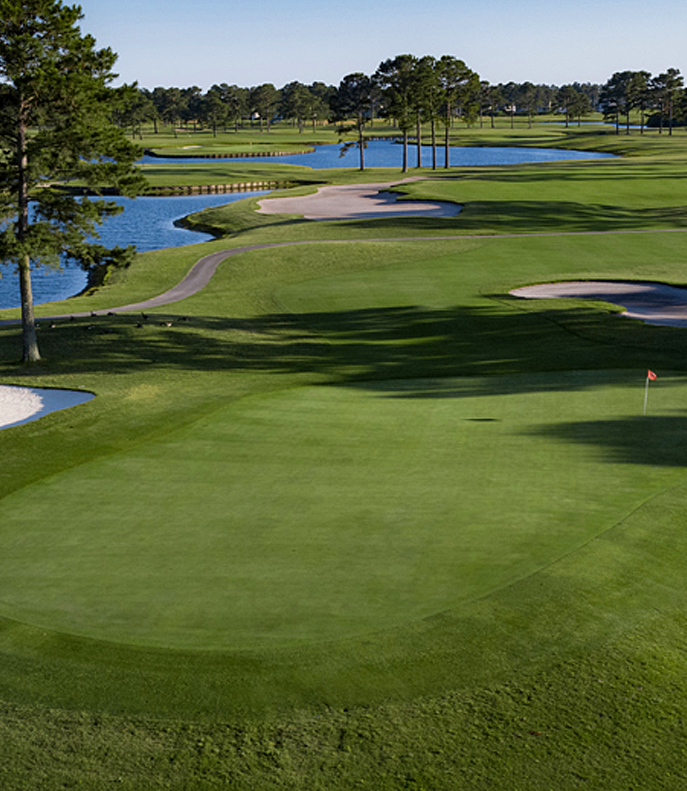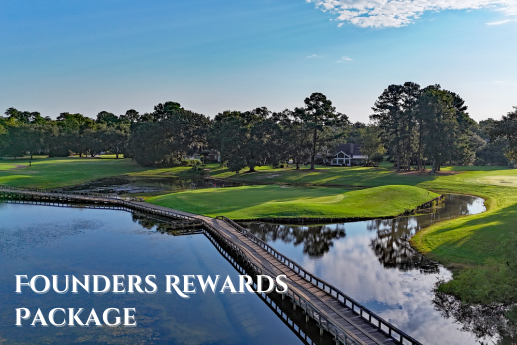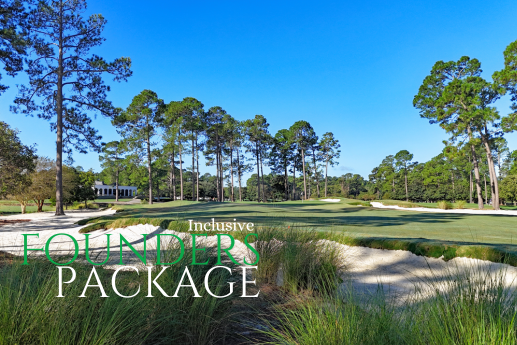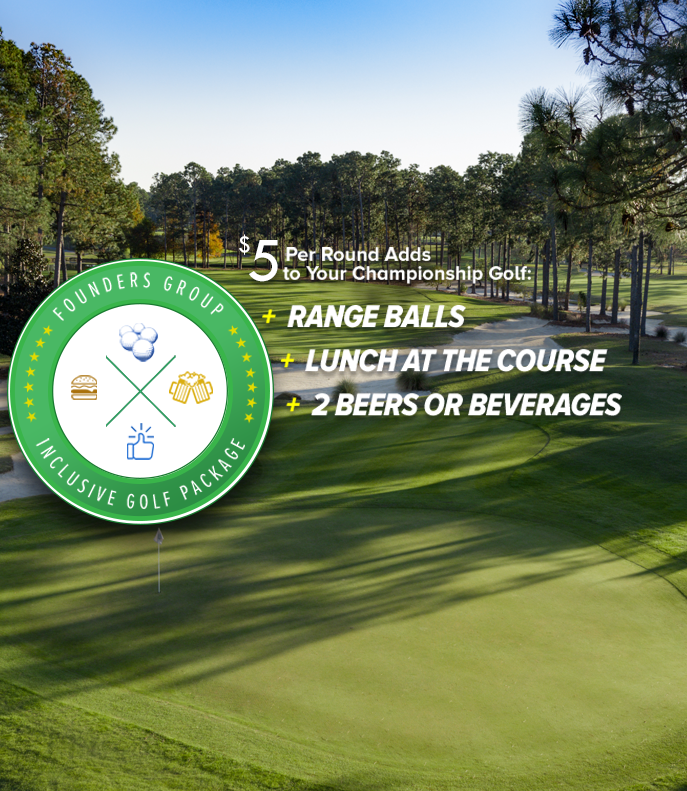Architect P.B. Dye first made a name for himself along the Myrtle Beach golf scene with his work at DeBordieu Club, a highly regarded private course just south of Pawleys Island, and it led to him being tapped to design Prestwick Country Club.
After a year of long days and short nights, Prestwick opened in 1989 and the quality of P.B.’s work has stood the test of time – the layout was voted the Myrtle Beach’s area’s fifth best in a survey of local PGA professionals.
We had an opportunity to catch up with Dye, son of legendary architect Pete Dye, and he was happy to reflect on his time in Myrtle Beach building a course locals and visitors alike continue to enjoy.
MBGT: What are some of your recollections of designing and building Prestwick?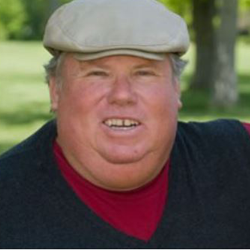
P.B. Dye: I took the crew we built DeBordieu with so everyone was trained and it turned out great. The Jackson family was great to work for, and we did the land plan in about 10 minutes because we’ve done so many. We were on time and on budget. We were working with 6-8 talented young guys with turf degrees who went on to become master shapers and worked for different architects. We had a ball building that thing. We shared two four-bedroom apartments and just got the thing built. I mean, Myrtle Beach was a lot of fun.
MBGT: What are some of your best memories from the construction process?
Dye: I tried to get up every morning at 5:30 and have coffee and then we worked until dark. We had one little restaurant where we had peel-and-eat shrimp and played pinball until 10 o’clock at night. The unique thing about Prestwick was 90 percent of the construction crew were single digit golfers with degrees in agronomy. You know, Dad and I found out it’s a lot easier to take one of these young men with degree in agronomy that’s played golf their whole life and teach him how to run a bulldozer than it is to get a professional road builder to love golf.
MBGT: Prestwick continues to be one of the area’s most popular courses, which speaks to the quality of the design, but how do you look back on the course and where it is now?
Dye: It’s not easy but it’s fun to play and that’s the whole point. We try to build courses you want to play a second time. We could ask people, “How did you play?” but “Did you enjoy yourself?” is more important. You know, even when they go out to PGA West or the Ocean Course at Kiawah they may have played terrible but they love the golf course. That’s what we try and do. We want people to want to play a course again.
MBGT: Do you have a favorite memory of playing Prestwick?
Dye: (Ownership) was entertaining an offer from SeaWorld at one time and we were playing a par 3 (No. 16) that starts in the corner with the mounding on the right. I’m playing with my friend Nick Joseph and he slices it straight over the boundary where the (proposed SeaWorld attraction would’ve been), and I yelled, “Fore, Shamu!”
MBGT: What are your favorite holes at the course?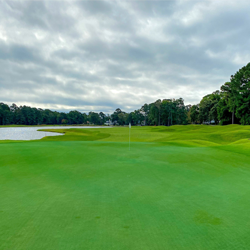
Dye: It’s so special to have to have that clubhouse and the two holes (9 and 18) side by side with the body of water between them, but there are 18 good holes out there. There’s not a weak one among the whole bunch.
MBGT: Do you recall any real debates or questions about the design of any particular holes?
Dye: It’s pretty tough to have a discussion about design when you don’t have any plans (in advance).
MBGT: Is it tough to design a course without plans?
Dye: Do you have children? Did you have any idea how to raise them when you were making them?
MBGT: No.
Dye: Okay. Raising a child is a lot like building a golf course. The more you are there, the better they turn out. We spent 150 days of construction (onsite at Prestwick) where a lot of guys would make 10 visits, and I’ve been on a bulldozer since I was 9 years old.
MBGT: When you build a course like Prestwick, how often do you check back in on them?
Dye: I try to stop in every couple years, and I have one or two people I send down every year to play golf.
MBGT: What’s the most common misperception people have about golf course architecture?
Dye: That it’s easy (laughs). Like being an armchair quarterback. You know, anyone can be a golf course designer, but can you get it built? That’s the question: Can you get it built on time and on budget?
MBGT: What’s the key to finishing a course on time and on budget?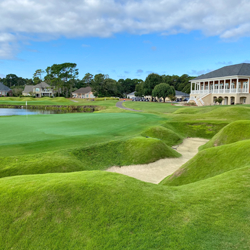
Dye: Being there, making decisions on the snap. Change orders kill you. We hire local. When you hire a builder, he wants 20 percent profit. Forget that. You hire local and you stay on top of it. You can raise your own children or you can pay nannies.
MBGT: What was it like building courses in Myrtle Beach in the 1990s?
Dye: Umberto’s is a great place to eat (laughs). We had a ball. It’s a great place. We would go down and play golf in DeBordieu and then Moorland came along. We had fun playing golf and going to the half-mile track (formerly Myrtle Beach Speedway). You work hard and you play hard and that’s what we did.

